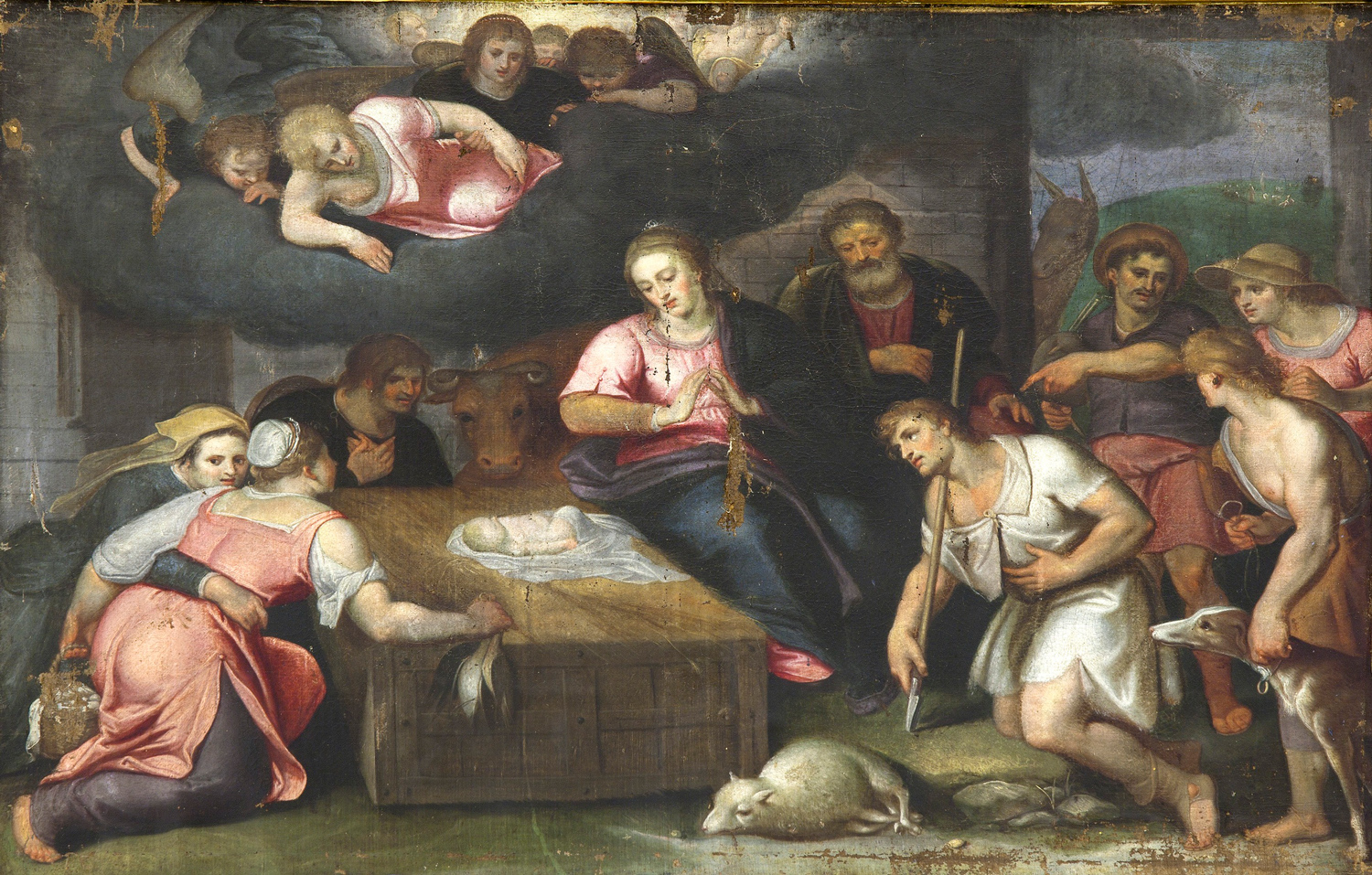|
Diego De Leyva
:''"Diego de Leyva" is also the name of a Spanish governor of Melilla.'' Diego de Leyva (c. 1580–1637) was a Spanish painter. He was born at Haro, La Rioja, Haro in La Rioja (Spain), La Rioja. He is supposed to have spent his youth at Rome, and returned to Spain a painter, and settled at Burgos. In 1628 he was commissioned by the Chapter of Burgos to paint the portraits of certain dignitaries for the chapel of St. Catalina in the cathedral, and for the chapel of the Virgin he painted a picture of the ''Presentation''. In 1633 he retired to the Carthusian monastery of Miraflores monastery, Miraflores, where in 1634 he took the final vows, and devoted himself to the performance of his duties, and the production of religious pictures, among which were fifteen large canvases on the life of Bruno of Cologne, eleven martyrdoms, ten pictures of saints of the Carthusian Order, a ''Crucifixion'', and some pictures of the Virgin Mary. He died at Miradores. References * 1580s birth ... [...More Info...] [...Related Items...] OR: [Wikipedia] [Google] [Baidu] |
Diego De Leyva-adpracion De Los Pastores-cartuja De Miraflores
Diego is a Spanish language, Spanish masculine given name. The Portuguese language, Portuguese equivalent is Diogo (name), Diogo. The name also has several patronymic derivations, listed below. The etymology of Diego is disputed, with two major origin hypotheses: ''Tiago'' and ''Didacus''. Etymology ''Tiago'' hypothesis Diego has long been interpreted as variant of ''Tiago'' (Brazilian Portuguese: ''Thiago''), an abbreviation of ''Santiago'', from the older ''Sant Yago'' "Saint Jacob (name), Jacob", in English known as James the Great, Saint James or as ''San-Tiago''. This has been the standard interpretation of the name since at least the 19th century, as it was reported by Robert Southey in 1808 and by Apolinar Rato y Hevia (1891). The suggestion that this identification may be a folk etymology, i.e. that ''Diego'' (and ''Didacus''; see below) may be of another origin and only later identified with ''Jacobo'', is made by Buchholtz (1894), though this possibility is judged ... [...More Info...] [...Related Items...] OR: [Wikipedia] [Google] [Baidu] |
